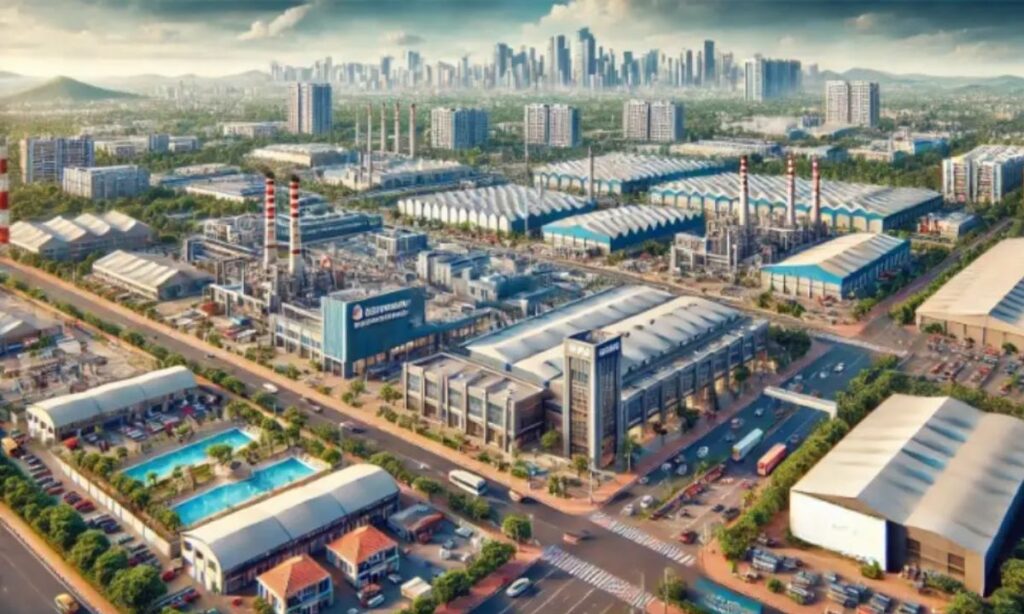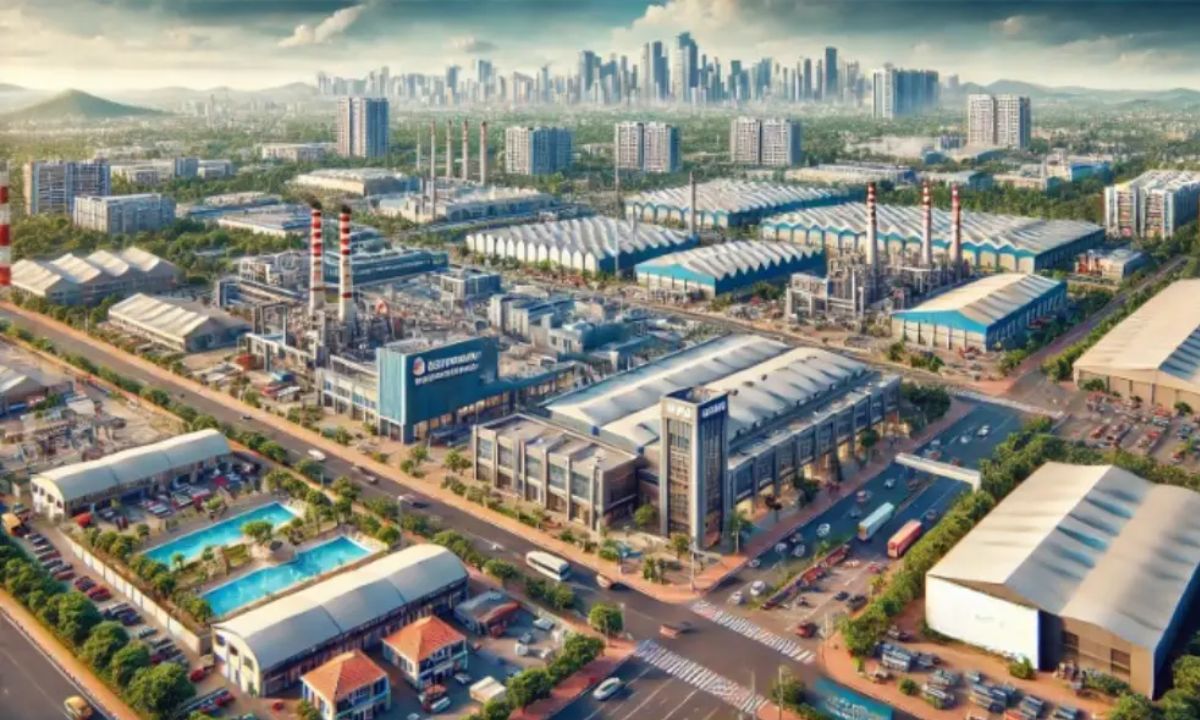The Karnataka government has officially notified Bengaluru’s Peenya Industrial Area as a Special Investment Region (SIR), marking it the 18th such zone in the state. This landmark decision aims to catalyse infrastructure development and boost real estate growth in one of Southeast Asia’s largest and oldest industrial hubs. Peenya’s transformation into a more organised industrial township is expected to drive demand for residential real estate, particularly in the mid-income segment, while enhancing overall civic amenities and investor confidence.

Key Highlights of Peenya’s SIR Status
| Feature | Details |
|---|---|
| Area Covered | 1,461.46 acres |
| Location | Bengaluru, along Bengaluru-Tumakuru highway |
| Phases Included | First, Second, Third, and Fourth Phases |
| Administrative Authority | Karnataka Industrial Areas Development Board (KIADB) |
| Number of SIRs in Karnataka | 18 |
| Main Industries | Engineering goods, electrical equipment, textiles, start-ups |
| Connectivity | National Highway 4, Bengaluru Metro Green Line |
| Expected Real Estate Impact | Increased residential demand, higher rental and capital values |
What is the Significance of SIR Designation for Peenya Industrial Area?
Peenya Industrial Area (PIA), established in the late 1970s, is home to a diverse range of small, medium, and large-scale manufacturing units spanning engineering, auto components, electronics, and textiles. The SIR designation under the Karnataka Special Investment Region Act empowers KIADB to streamline development and governance, simplifying investment procedures and infrastructure planning.
According to the government notification dated June 9, Peenya will now function as an industrial township with KIADB acting as the Industrial Township Authority, responsible for property tax collection and reinvestment of 70% of revenues into civic infrastructure.
Expected Real Estate and Infrastructure Impact
1. Boost to Civic Infrastructure
With KIADB administering property taxes and directing most revenue back into infrastructure, Peenya is set for significant upgrades in roads, drainage, lighting, waste management, and power supply.
2. Enhanced Public Safety and Services
Improved public safety infrastructure including police and fire stations, along with medical facilities, will increase the area’s attractiveness for industries and residents alike.
3. Rise in Residential Demand and Property Values
The growing industrial ecosystem and better amenities are expected to raise demand for mid-income housing. Rental yields and capital appreciation will likely see an upward trend, supported by robust connectivity to nearby residential hubs like Yeshwanthpura and Rajajinagar.
4. Streamlined Approvals for Developers
KIADB’s role as Industrial Township Authority promises faster project approvals, aligning with Karnataka’s ease of doing business initiatives.
Expert Insight
Digbijay Das, Senior Director, Valuation Services at Colliers India, commented:
“Peenya’s SIR status will act as a catalyst for comprehensive infrastructure development, which is critical for supporting its diverse manufacturing base and the rising start-up ecosystem. This will inevitably boost both industrial and residential real estate markets in the region.”
FAQ: Peenya Industrial Area as Special Investment Region
Q1: What is a Special Investment Region (SIR)?
A1: An SIR is a designated zone with streamlined governance and infrastructure development aimed at promoting large-scale industrial and economic growth.
Q2: How large is the Peenya Industrial Area SIR?
A2: The Peenya SIR covers approximately 1,461.46 acres across its four phases.
Q3: What industries operate in Peenya Industrial Area?
A3: The area hosts engineering goods, electrical equipment, textiles, auto components, electronics, defence manufacturing, and start-ups.
Q4: Who governs the Peenya SIR?
A4: The Karnataka Industrial Areas Development Board (KIADB) is the Industrial Township Authority managing development, property tax, and infrastructure.
Q5: How will this impact real estate prices in Peenya?
A5: Improved infrastructure and governance will likely increase demand, leading to higher rental and capital property values, especially in the mid-income housing segment.
